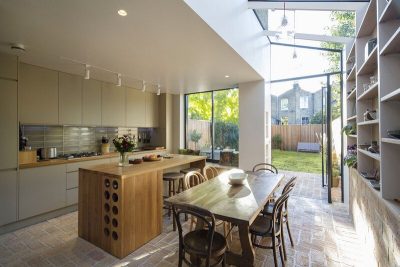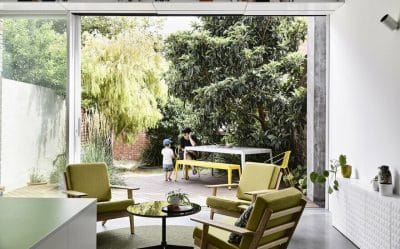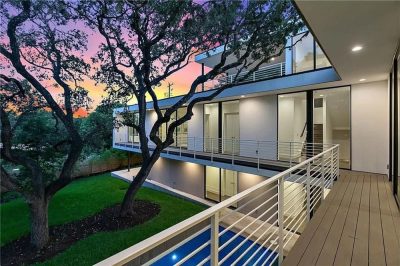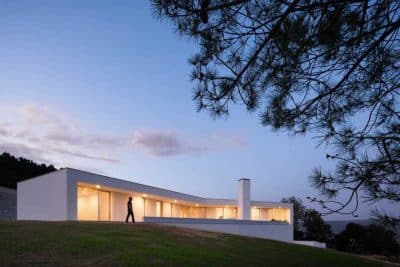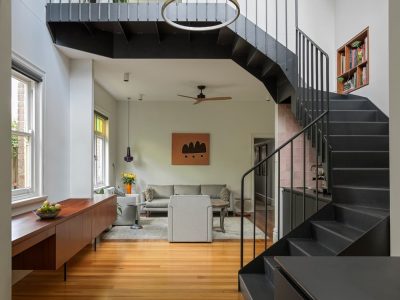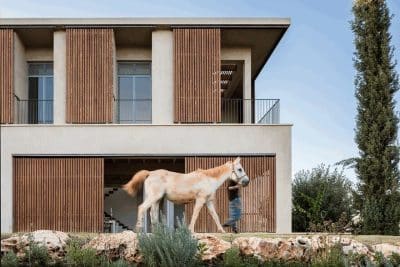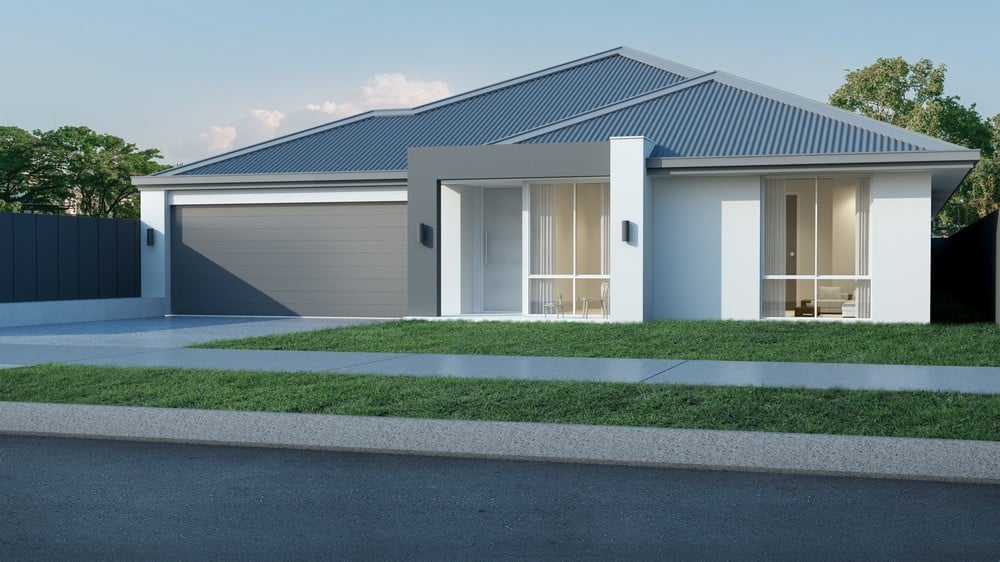
Pre-fabricated homes are the best choice if you are searching for a modern and highly finished home. They are highly sustainable and built-in regions away from your homes. It is manufactured off-site and then moved to your destination. The prefab homes are manufactured in modules or sections and then transported for assembly to the final location. They can be made of different materials, including steel, concrete, wood, etc., providing a more efficient and smooth construction process.
It is preferable to traditional on-site homes. They can range from simple to more customizable structures. They are also considered the most cost-effective alternative to the conventional house. Following, you will discuss how to purchase prefab homes and their types.
Types of Prefab Homes:
Following are some of the common types of prefab homes to consider:
- Prefabricated Concrete Homes
These are constructed using concrete components and manufactured far from your location. They are made off-site and are assembled strictly at your site. This pre-fabricated consubstantial provides you with high efficiency and rapid construction features. The panels or modules used in this type of home are built with precision using high-quality materials. It is highly sustainable and functional, adhering to numerous weather conditions. The internal structure of these homes is mainly made of concrete blocks and steel. This model is a good choice for a sustainable and robust look.
2. Prefabricated Wooden Homes
Wood is a natural element known for its sustainability and ecological impact. The pre-fabricated wooden homes are preferable for their environmentally friendly features. They are constructed using pre-fabricated wooden components that give your house a stylish look. All the wooden materials used in manufacturing these types of homes promote accurate and efficient construction. Wood also increases the natural aesthetic of your house and provides warmth
3. Prefabricated Modular Homes
These homes are innovative solutions that are built in modules or sections. After their completion, they are installed at your final location. Each unit comprises a room or any branch of the home. The construction of these pre-fabricated modular homes is highly precise and ensures the use of high-quality materials. Prefab homes comprise mostly three-dimensional modules. Because of this, they are also known as 3D pre-fabricated homes.
4. Prefabricated Container Homes
These types of homes are constructed using shipping containers that are not in use. They are very durable and have high strength compared to other homes. These container homes are also cost-effective and constructed with high-efficiency materials. These prefab container homes provide an efficient and sustainable housing look. They are also available in a variety of designs. Many units can be constructed using different containers combined to make a large living area. So, the construction process of this container home is easier and more cost-effective than others.
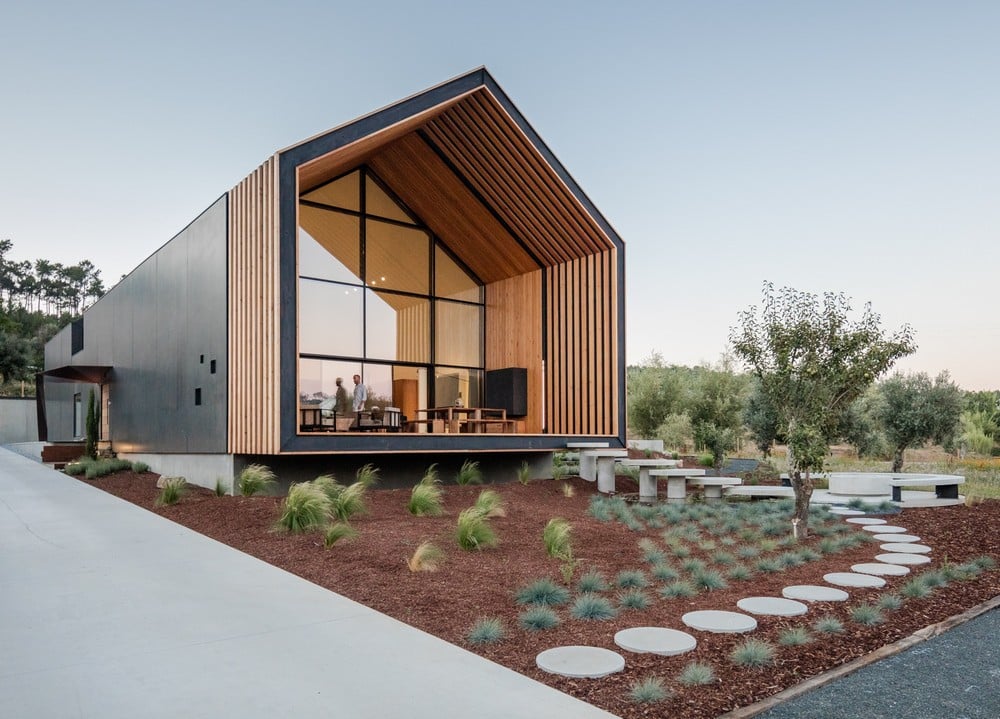
Pros and Cons of Prefabricated Homes
Prefabricated homes have pros and cons depending on the quality and needs you require.
Pros of Prefabricated Homes:
Following are the benefits that are associated with the construction of pre-fabricated homes.
- Cost-effective: These are highly cost-effective and much preferred compared to the traditional homes built on-site. The materials used in the construction of these types of homes are efficient and are also helpful in reducing waste.
- Energy Efficient: These prefabricated homes utilize numerous energy-efficient features. These include insulated windows, energy-efficient solar panels, and other appliances. It helps lower utility costs, which also results in reduced environmental impact.
- Quality Control: The construction of these prefab homes promotes better quality control. It uses numerous standardized techniques according to quality standards and ensures that your home is made with high inspection.
- Portability: These pre-fabricated homes are built off-site. But they are very portable and easy to carry to your desired location. They can easily be installed there because of their lightweight and easy usability.
Cons of Prefab Homes:
Along with the benefits, it is also having some disadvantages. Following are some of the cons associated with the construction of prefab homes.
- Damage Risk: They are not the home itself but part of the home installed at your desired location. So, there may be damage risk during transportation from the factory to your site. Anything can get damaged while transferring from one place to another. Because of this, people might think that the entire home structure can be lost, and the quality can be compromised if they travel long distances.
- Limitations: These prefab homes are found highly in urban areas. But you might find it less there if you reside in a rural area. They can’t be delivered to your rural areas because of their limited customization. They are of high quality but are not available for every place
- Expensive: They can sometimes be more expensive, including their delivery cost and labor. It may include high charges for utility and land connections. So, a preferred home can cost more or equal to a normal house.
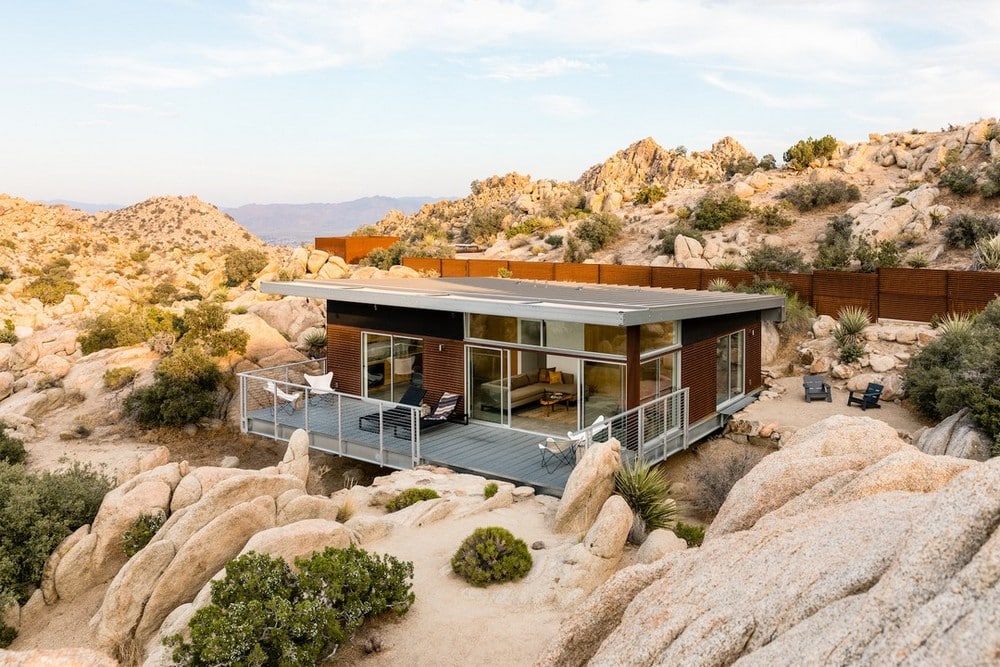
How Long Does It Take to Build a Prefab Home?
The time duration of construction of a prefab home depends mainly on the customization, size, and design. The structure erection of pre-fab houses is usually faster than the construction of normal dwellings constructed on-site. Following are the details regarding the building schedule of prefab homes.
Designing and Permission:
The first phase includes choosing the design either by yourself or according to the customization demands of the client. It also includes obtaining necessary permissions from the regulatory authorities. After that, the plan is finalized. This duration can change depending on local rules and regulations. This phase usually takes 1-3 months to complete.
Manufacturing:
The second Phase is the manufacturing phase, which lasts about 2 to 4 months. It all depends on the type of design the client has selected. If it is complex, it may take more months. The actual time is taken by constructing modules or panels in the prefab homes.
Site Preparation:
This is the third step, which involves around one or more months. This work includes preparing the basic structure, clearing, and utility connections. The duration of this phase depends on the site condition and the local requirements for it.
Delivery and Assembly:
The next step is about 1 to 2 months. Once the components of this home are ready, they are delivered to the desired site. After constructing all the modules and panels, the assembly process is usually faster than the traditional construction. This may range from a few weeks to 2 months.
Finishing:
The last phase includes finishing, typically done in a couple of months. This phase comprises exterior and interior finishing, addressing customization, and connecting all the utilities. The duration of this phase depends on the customization you require and the complexity of the finishing work.
- All these steps include the average time duration, which may change depending on the severity or easiness of the prefab home construction. So, in total, this process can take up to 12 months. The process can be much faster if the planning is efficient, communication is good, and it adheres to all the guidelines and permits of the local area.
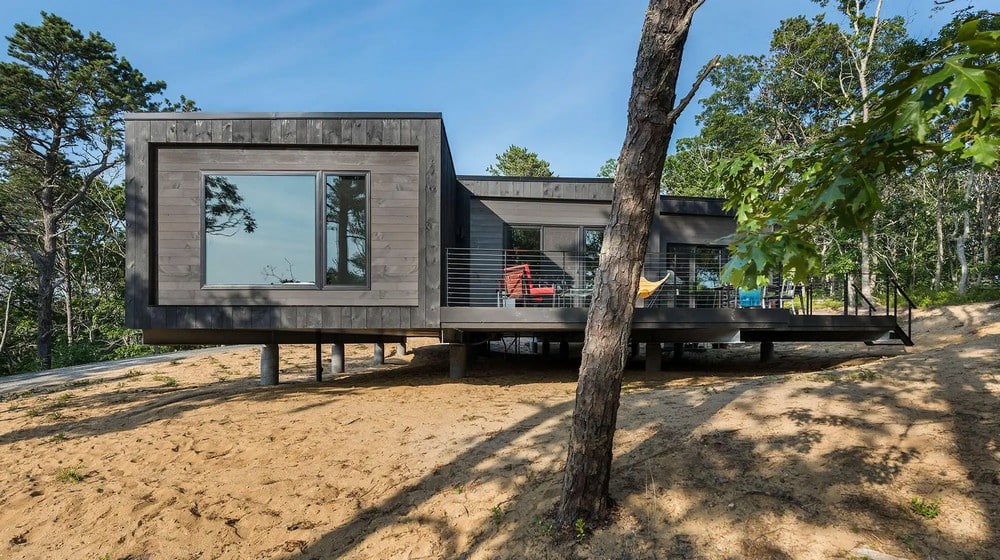
What are the Construction Stages of a Prefab Home?
The ten stages are required for the proper construction of prefab homes.
Stage 1: Getting Idea:
The first stage includes taking an idea of your prefab home construction. The concept can be of small or big spaces. You must ensure that the design completely adheres to your family’s needs. So always take a prefab home similar to your current home or your taste. It can also be done if all the family members want to change the structure of your house, which can give an idea of a more unique and innovative look of a prefab home.
Stage 2: Drafting:
Stage two includes drafting your design. You have to contact a professional prefab home builder who will provide you with different ideas for your house. Then, you can start making a draft for your project. This is because the builder is an expert and professional in his field and knows well about the paperwork, construction practices, and approvals requirements. They are highly trained professionals for proper construction solutions for prefab homes that are good in functionality and appeal.
Stage 3: Drafting Budget:
The third stage includes making a draft of your budget. This budget may consist of the cost of all the necessary items required for manufacturing these types of homes. Here, the professional home builder will work on all the foundations, groundwork, utilities, and approval costs necessary for its construction. Always pick the cost-effective options for the interior design of your home.
Stage 4: Choose Accurate Prefab Home:
A builder should always be a professional and expert in his field. It is a time-consuming process. So, the person doing it should be professional and know all the basic aspects of constructing a prefab home.
Stage 5: Manufacturing Process:
Once you are done with the planning, then it comes to execution. The manufacturing process lasts for about 4 to 12 weeks. It comprises mainly accurate design and visual appeal of your space. You must use the right construction tools and techniques to manufacture prefab homes.
Stage 6: Preparing Site:
The sixth stage includes preparation of your prefab home construction site. The professional prefab home builder should ensure the area is clear and has no issues. He must focus on the detailing and quality of the manufacturing process.
State 7: Assembling:
This stage is usually straightforward and less time-consuming. Your house is assembled on-site. The time duration required for creating a prefab home only depends on the size of your house and the degree of manufacturing.
Stage 8: Installation:
This stage includes installing electricity, plumbing, heating connections, and ventilation. The expert should do a thorough check before installing all the links.
Stage 9: Designing Interior:
This is the second last stage, which includes designing the interior of your home. This stage lasts for about a few months. The finishing works should be executed with high quality and patience.
Stage 10: Finalizing:
This is the last stage, where your home is completed and handed over to the owner with a quality guarantee.
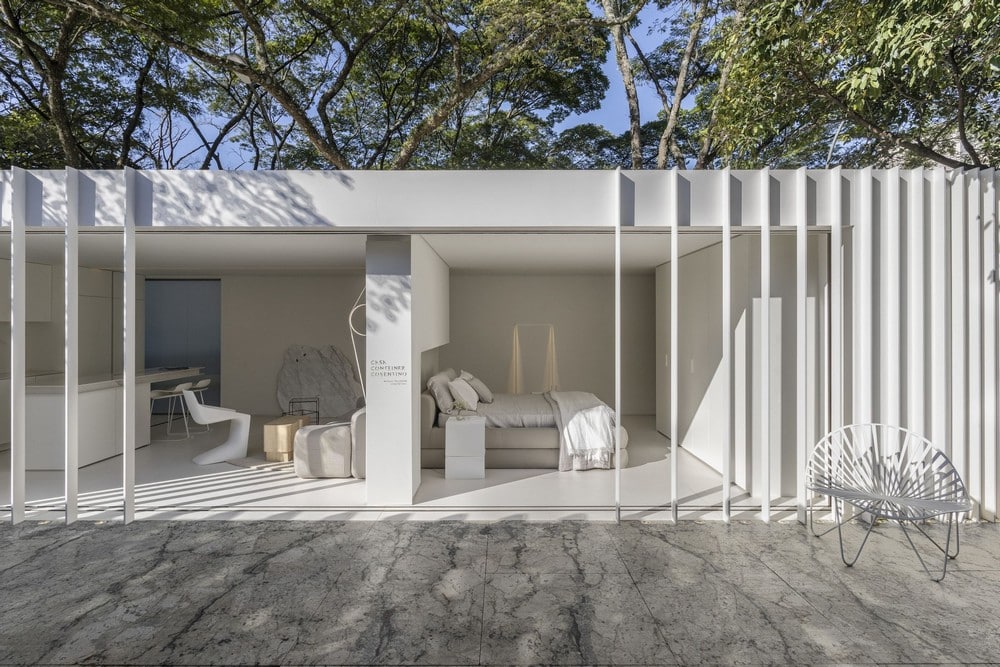
Things To Know About Prefab Homes:
Following are some of the essential things that you must know before the construction of your preferred homes
- Their demand has increased, but they are a familiar idea; they have been common since the past.
- Prefab homes are mainly of two types, including modular and flat-pack prefab homes.
- They are quicker and easier to build than traditional ones.
- It can relieve your tiring decision-making process.
- They are highly customized.
- They are more sustainable and environment-friendly than on-site buildings.
- These prefab homes are cost-effective.
- The manufacturing duration of this house is predictable.
- Its assembling is easy.
- Its cost is also predictable.
Conclusion:
Prefab Homes are easy to install and assemble. They are manufactured off-site with quality materials used in them. Prefab Homes are a historic idea that is in demand nowadays. These homes have numerous types, designs, and styles; choose one according to your needs and the kind of your liking.

